Sacred Ground

Original folk-rock anthem exposing toxic commercial soil while celebrating ancient composting wisdom that transforms waste into fertile, life-giving earth.

Original folk-rock anthem exposing toxic commercial soil while celebrating ancient composting wisdom that transforms waste into fertile, life-giving earth.
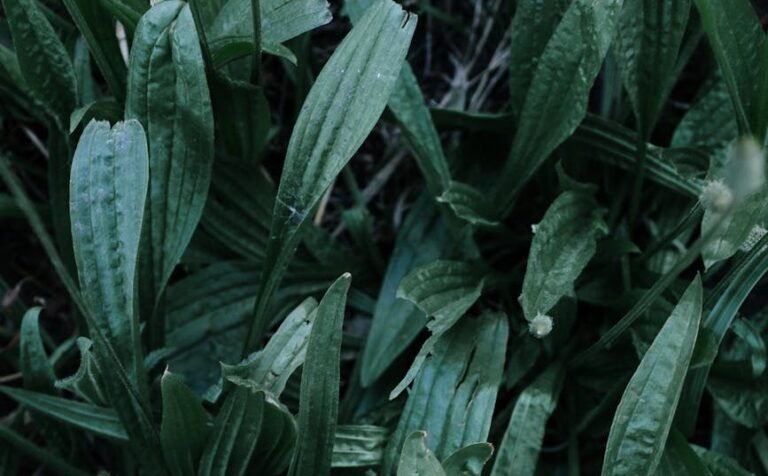
What if the most powerful healing resource in your environment has been hiding in plain sight, disguised as a common weed? Plantain reveals nature's profound systemic intelligence – appearing exactly where soil disturbance occurs, concentrating its healing compounds in direct proportion to environmental stress, and demonstrating that abundance exists within interconnected networks all around us. This humble plant, growing beneath our feet in yards worldwide, offers a transformative lens for understanding how healing actually works: not through complex interventions, but through supporting the body's natural restoration networks. From wound healing to respiratory support, from digestive harmony to skin repair, plantain embodies the principle that the most elegant solutions emerge from recognizing and working with existing systems rather than against them. When we shift from seeing weeds to recognizing medicine, we're not just discovering a plant – we're awakening to our place within the living web of wellness that has always surrounded us, waiting for us to remember how to participate in the ancient dialogue between human need and nature's generous response.
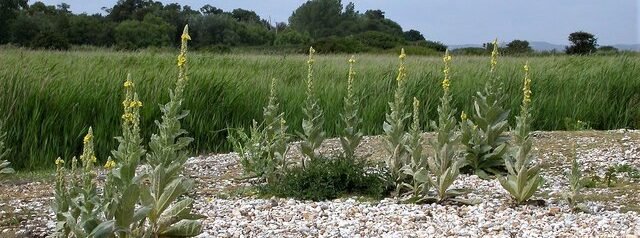
Nature’s Forgotten Medicine Cabinet Imagine this: You’re walking through your neighborhood, when you see a tall, fuzzy plant growing wild in abandoned lots, along roadsides, maybe even in your own backyard. Most people see it as an ugly weed, something…

Crystals and Consciousness: More Than Rocks I’ve lived a good stretch of life across this country—from Texas red clay to the pines of Washington, the high desert of Santa Fe to the gold-soaked hills of Nevada County, California. Along the…
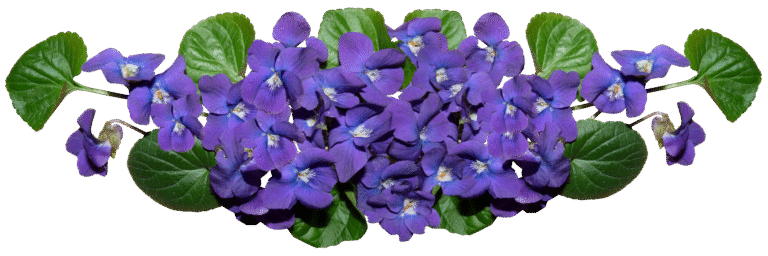
The Quiet Power of Botanical Wisdom In a world that often celebrates the loud and immediately visible, certain plants invite us to redirect our attention to discover profound usefulness in unexpected places. The violet—with its modest presence and gentle appearance—offers…

Explore the complex relationship between Christianity and environmental stewardship, focusing on the paradox of eschatological beliefs that often overshadow ecological responsibility. This blog delves into how various interpretations of scripture, cultural influences, and communal identities shape Christian attitudes towards the environment. By addressing the disconnect between faith and ecology, we highlight the importance of proactive engagement in caring for creation, demonstrating that a genuine commitment to stewardship aligns with biblical teachings. Join us in discovering how Christians can reconcile their beliefs with urgent environmental action.

Allelopathy is an intriguing aspect of plant biology that highlights the complex interactions within plant communities. Consider the delicate dance of competition and cooperation in nature. Learning which plants exert allelopathic effects and how to work with them in the garden, you can create a thriving ecosystem.
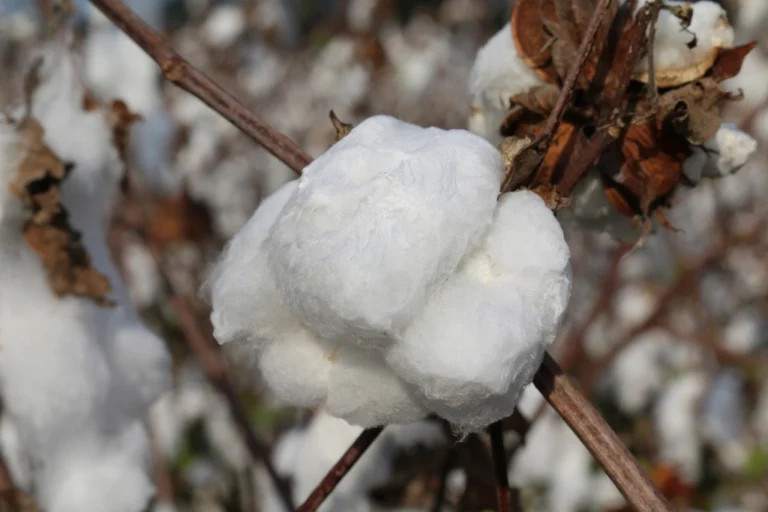
Explore the critical differences between conventional and organic cotton production, highlighting the environmental impacts, health benefits, and sustainability practices associated with each method. Learn how organic cotton farming promotes soil health, reduces water usage, and enhances biodiversity, making it a safer choice for consumers and a more responsible approach to agriculture. Delve into the implications for air quality, ecosystem health, and the well-being of agricultural workers. By choosing organic, consumers can support not only personal health but also ethical and sustainable farming practices that benefit the planet and future generations.
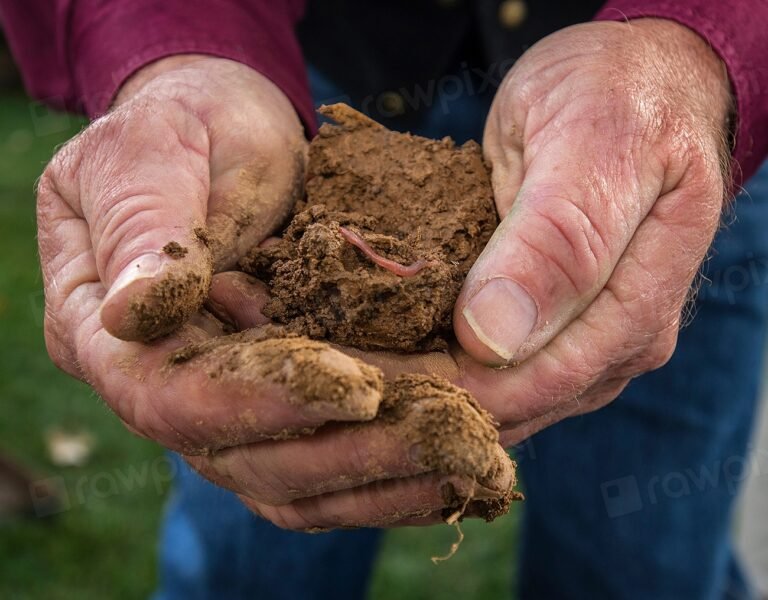
Discover the benefits of worm bins (vermiculture systems) for efficient waste management and sustainable gardening. Learn how to set up your own worm bin, types available, essential materials, and tips for feeding and maintaining worms. Transform kitchen scraps into nutrient-rich compost to enrich your garden soil while promoting an eco-friendly lifestyle. Explore the important considerations for selecting the right worm bin for your needs and learn about harvesting vermicompost for optimal plant growth.
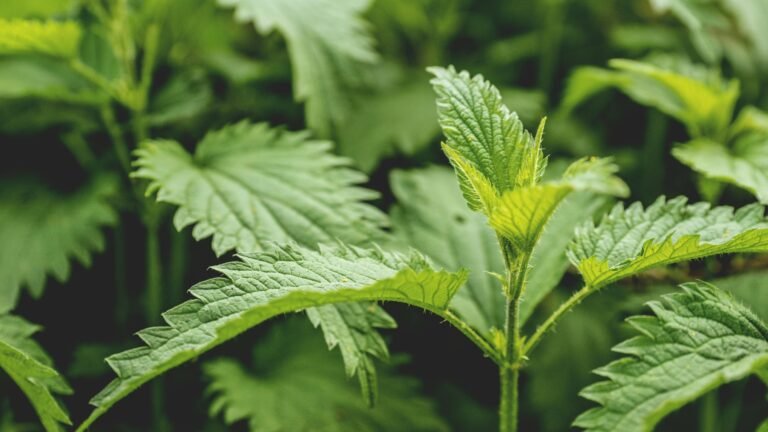
Discover the benefits of incorporating nettle and comfrey into your composting practices. Both nettle (Urtica dioica) and comfrey (Symphytum officinale) are nutrient-rich plants that enhance compost quality, promote microbial activity, and improve soil health. Learn how to prepare, layer, and avoid common mistakes when adding these powerful ingredients to your compost pile. By utilizing nettle and comfrey, gardeners can create a sustainable and productive growing environment, leading to healthier plants and improved yields. Embrace nature's solutions for eco-friendly gardening!